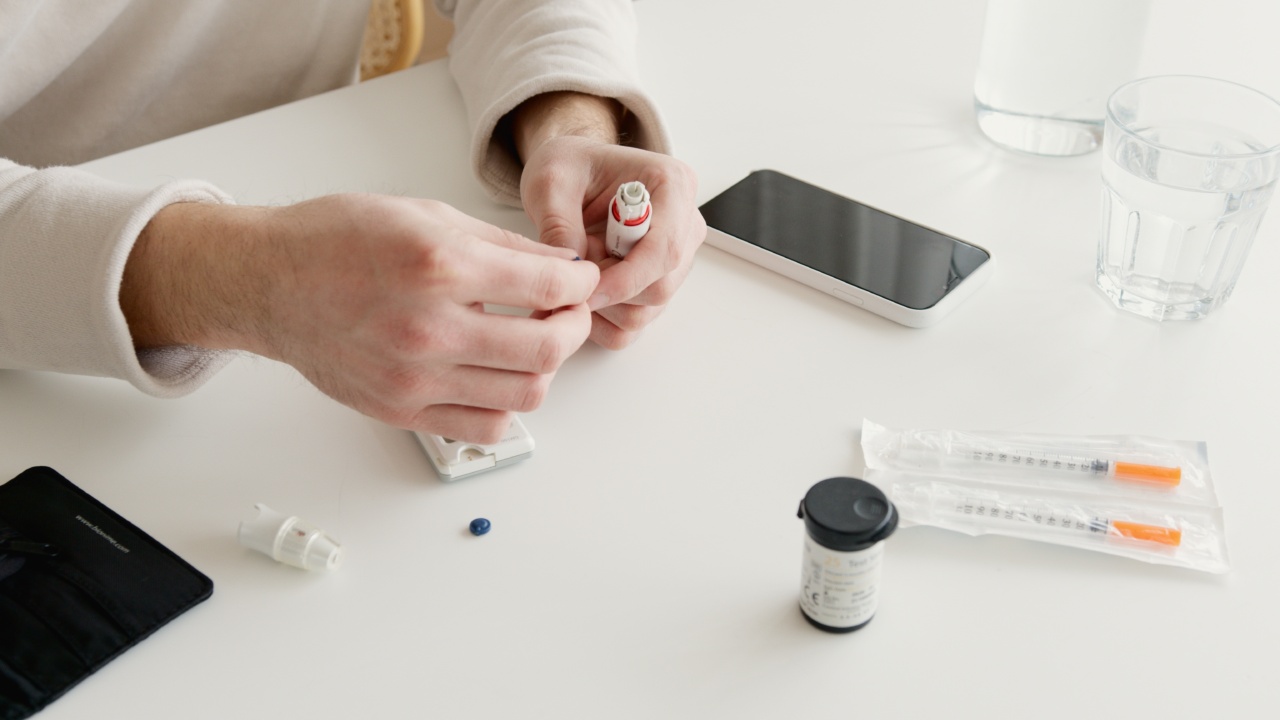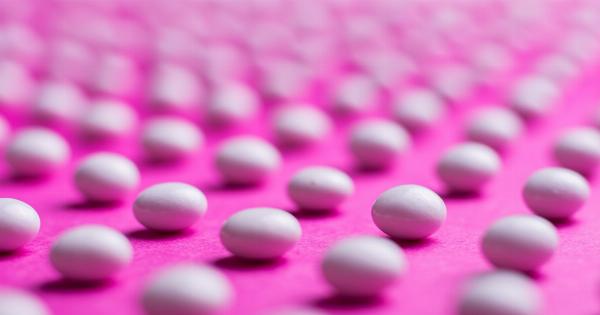Undergoing groin surgery can be a significant challenge and can take a significant amount of time to recover from. One of the biggest challenges that people face after groin surgery is chronic pain.
It can be challenging to manage, and it can also prolong the healing and recovery process. However, by following a few expert tips, you can avoid chronic pain after groin surgery and recover faster.
1. Work closely with your healthcare provider
The first and foremost thing you can do to avoid chronic pain after groin surgery is to work closely with your healthcare provider. They can help you understand what to expect and what you need to do to make your recovery process as smooth as possible.
They can also help you understand the potential risks and complications that you might face, and how to manage them if they occur. Make sure to follow their advice and ask any questions you have.
2. Take pain medication as prescribed
One of the most effective ways to avoid chronic pain after groin surgery is to take your pain medication as prescribed.
Your healthcare provider will likely prescribe pain medication to help you manage the pain in the first few days and weeks after your surgery. While it may be tempting to reduce your medication dose or stop it quickly, it is essential to take it as prescribed. Doing so will help you control your pain, which is critical for your recovery.
3. Rest appropriately
Another crucial tip for avoiding chronic pain after groin surgery is to rest appropriately. Give yourself time to rest and take it easy in the first few weeks following your surgery.
Avoid lifting heavy objects or doing any activity that might strain your groin muscles. Use pillows to elevate your leg, and keep it there above your hip level for the first few days. This position will help reduce swelling and pain.
4. Apply heat or ice packs
To ease the pain and reduce swelling, you can use heat or cold packs. Applying heat can help reduce the tension in the muscles and help them relax, while cold can reduce inflammation and swelling.
It is essential to apply packs according to your healthcare provider’s advice, as you do not want to overdo it and cause further damage.
5. Practice physical therapy exercises
Physical therapy exercises may help you regain your strength and flexibility in the groin area. Ask your healthcare provider about the kind of exercises you can perform, and how to perform them correctly.
These exercises can help relieve pain, strengthen your muscles, and promote your recovery.
6. Maintain a healthy weight
Maintaining a healthy weight is also an essential aspect to avoid chronic pain following groin surgery. By losing excess weight, you can reduce the pressure on the groin muscles, which can help reduce pain.
Maintaining a healthy weight also has other health benefits that promote the recovery process.
7. Stick to a healthy diet
Along with maintaining a healthy weight, make sure you stick to a healthy diet and avoid foods that may cause inflammation.
Stick to foods that are rich in nutrients and vitamins that promote healing, such as fruits, vegetables, whole grains, lean protein, and healthy fats.
8. Pay attention to your posture
Another way to avoid chronic pain following groin surgery is to pay attention to your posture. Make sure you sit and stand with your back straight and avoid slouching, which can put additional pressure on your groin muscles.
Use pillows to support your back, and avoid crossing your legs.
9. Avoid smoking and alcohol
Smoking and alcohol use can put additional stress on the body and can slow down the healing process. Therefore, it is essential to avoid smoking and limit alcohol intake during the recovery process.
Doing so can promote healing and help you avoid chronic pain following groin surgery.
10. Follow-up with your healthcare provider
Finally, it is vital to follow up with your healthcare provider regularly. They can monitor your progress and check whether there are any complications or signs of infection. They may also adjust your treatment plan based on your recovery progress.
Regular follow-up visits are critical to a successful recovery.




























